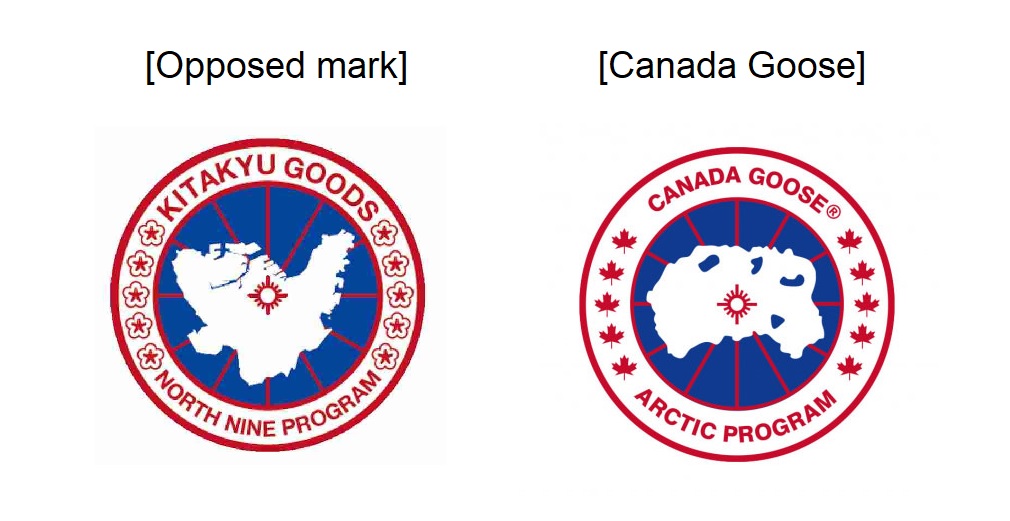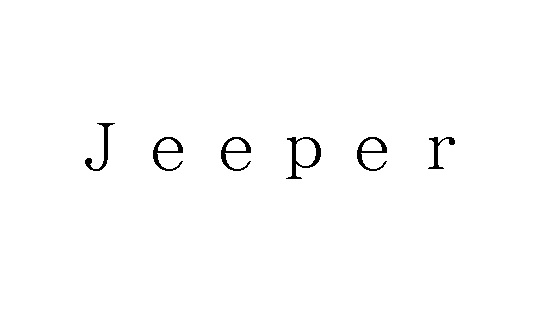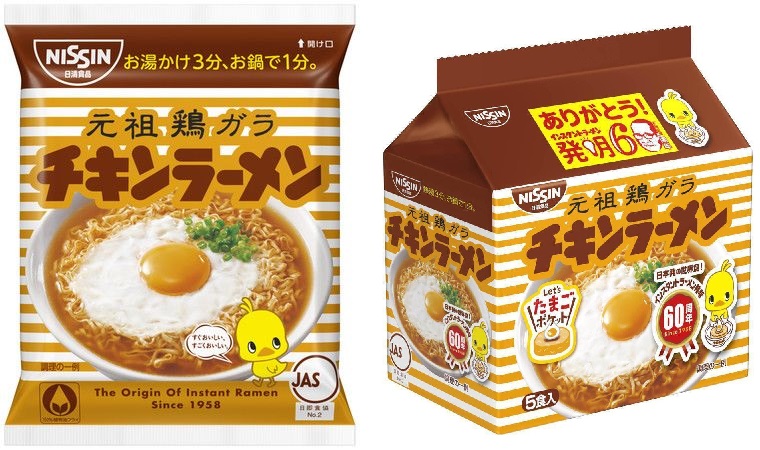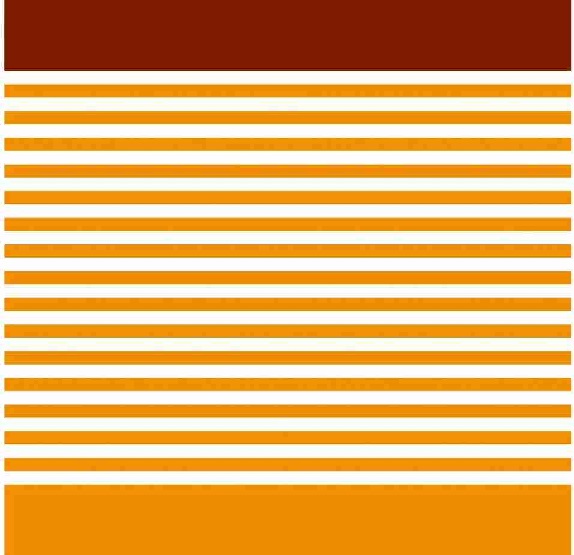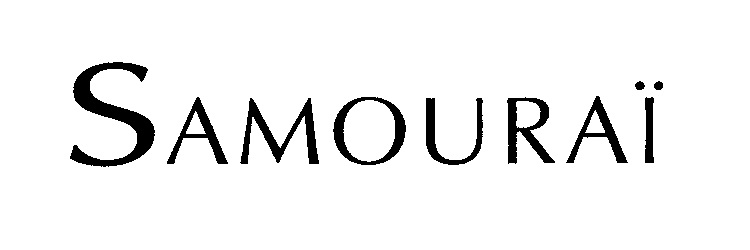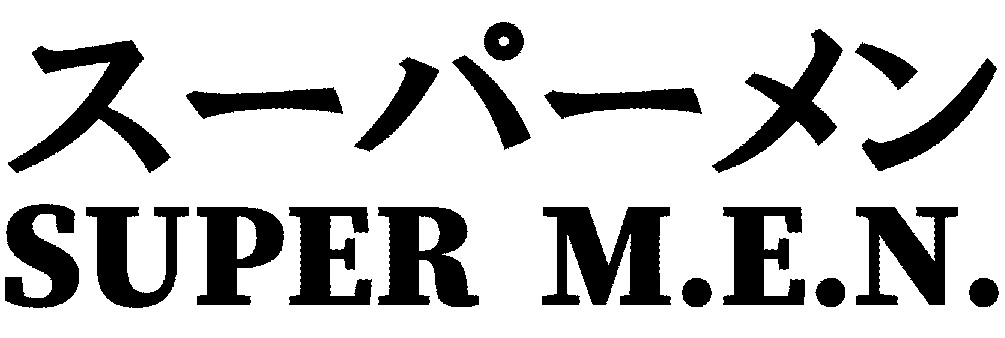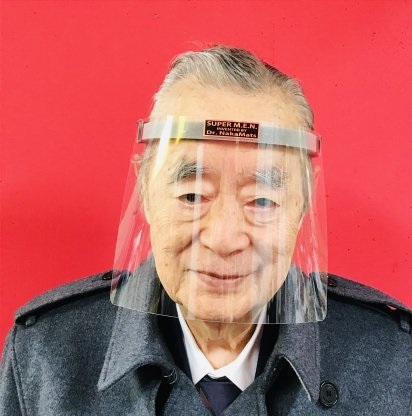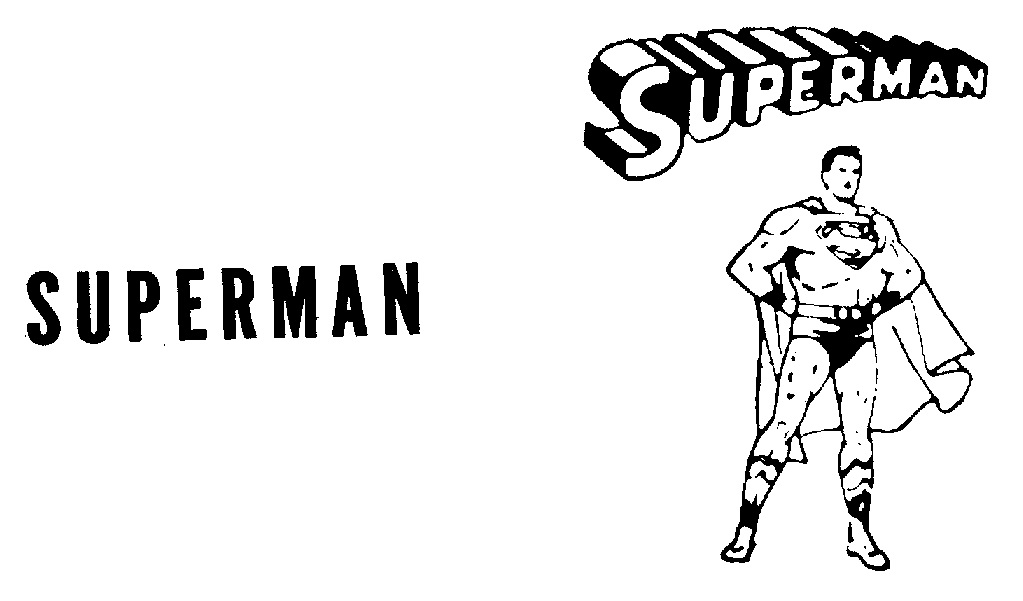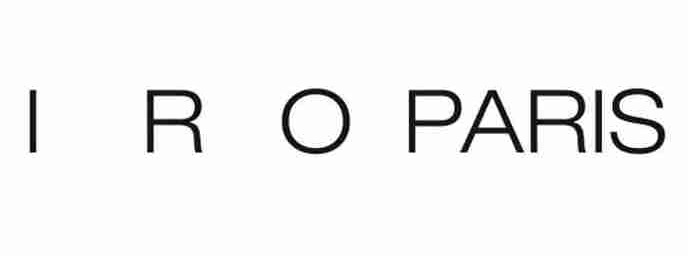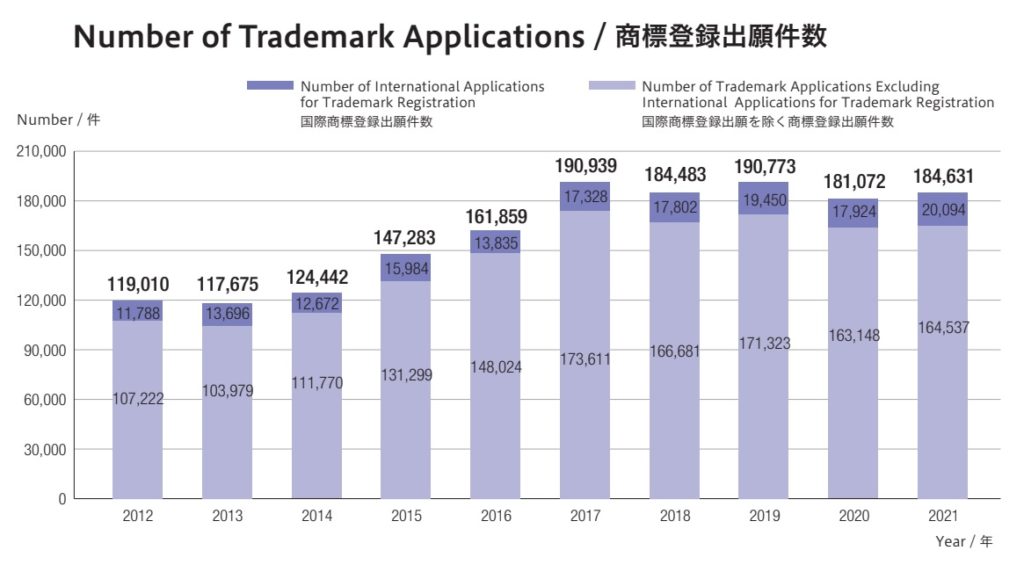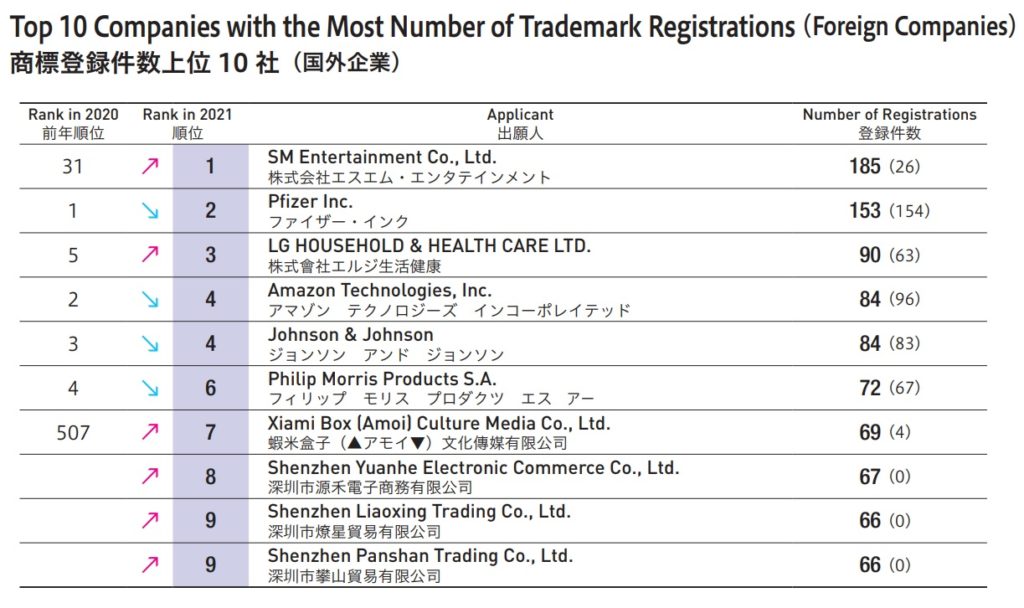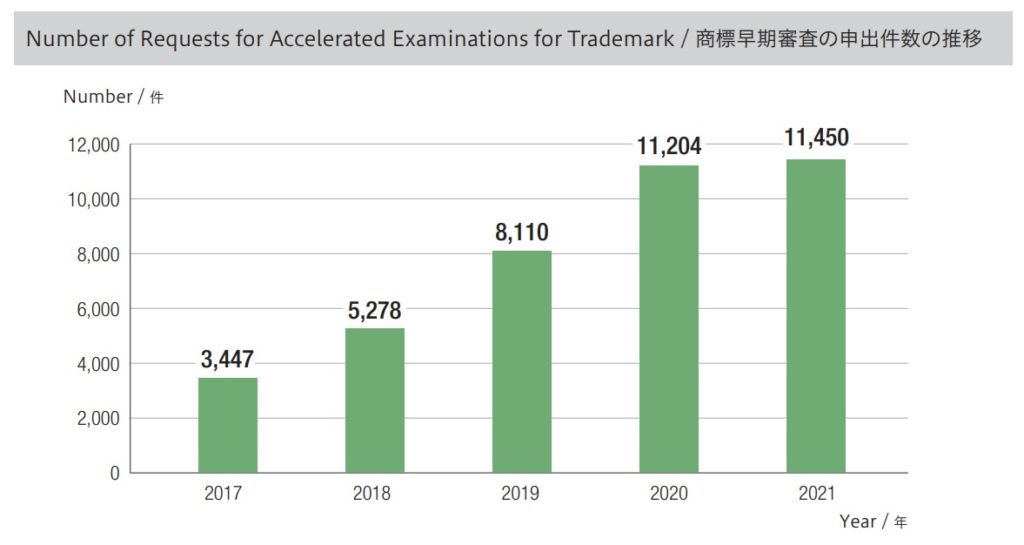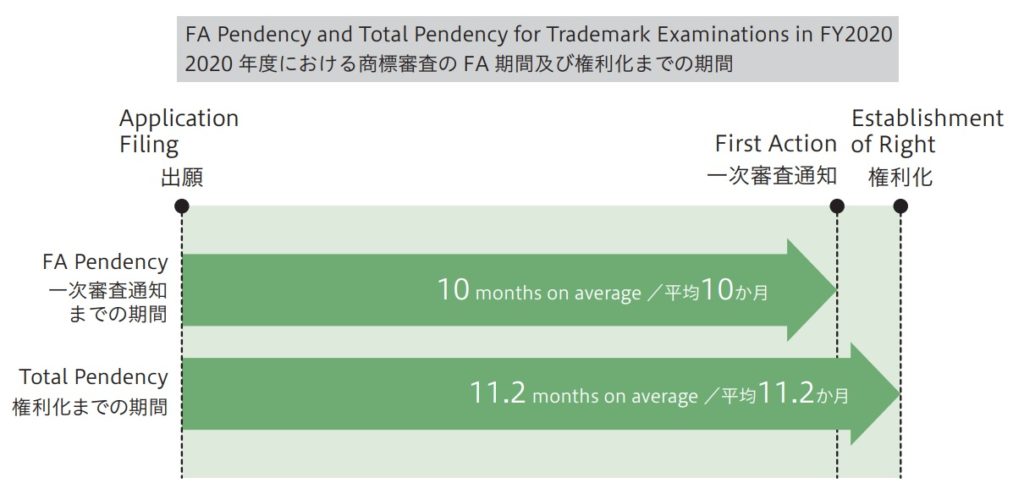On May 18, 2022, the Japan Patent Office (JPO) dismissed an opposition filed by Adidas AG against Trademark Reg no. 6383132 for the wordmark “G-BOOST” by finding dissimilarity and unlikelihood of confusion with Adidas “BOOST”.
[Opposition case no. 2021-900273]G-BOOST
UNI WORLD Co., Ltd. filed wordmark “G-BOOST” in standard character for use on ‘gloves for protection against accidents; clothing for protection against accidents; protective industrial shoes; dust masks’ in class 9 and ‘clothing; footwear; gloves; thermal gloves; sports shoes; sportswear; socks’ in class 25 on March 30, 2020.
The applicant promotes worker gloves bearing the mark “G-BOOST.”
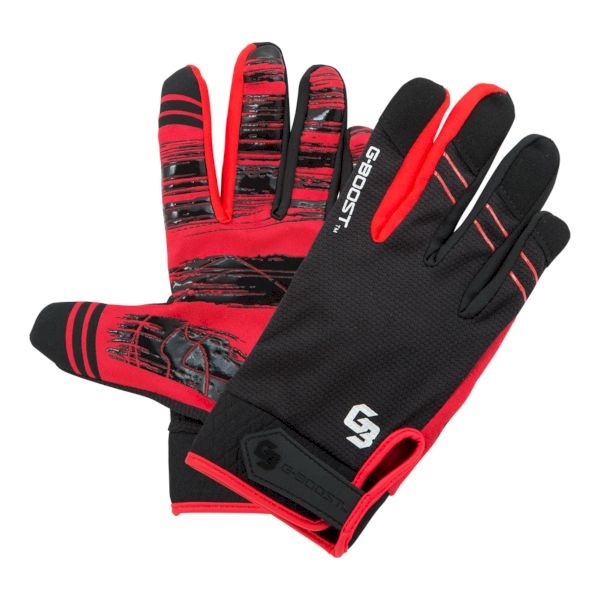
The JPO granted protection of the mark on March 30, 2021, and published for opposition on May 25, 2021.
Opposition by Adidas
On July 14, 2021, Adidas AG filed an opposition and argued the opposed mark shall be canceled in contravention of Article 4(1)(vii), (x), (xi), and 4(1)(xv) of the Japan Trademark Law due to a conflict with earlier trademark registrations pertinent to Adidas BOOST shoes, namely, TM Reg nos. 5212257 “BOOST” and 5941352 “ULTRABOOST” on shoes and sports shoes in class 25.
Allegedly, Adidas introduced Boost in 2013 as its revolutionary cushioning system, which provided the highest energy return in any running sneaker. The technology was designed to provide runners with soft cushioning and long-lasting energy that more rigid sneakers couldn’t.
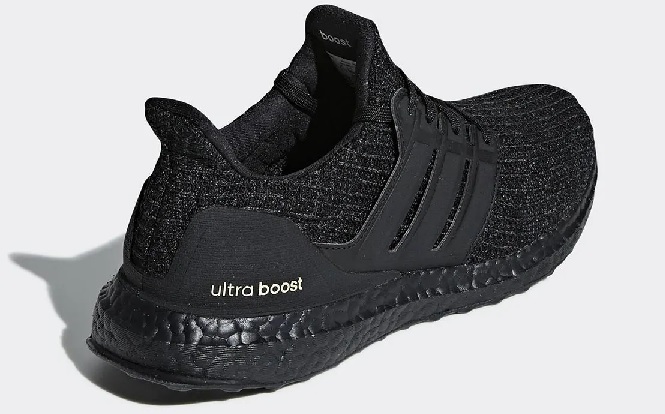
Adidas argued the opposed mark “G-BOOST” is confusingly similar to “BOOST” because the term “BOOST” shall be a prominent portion of the opposed mark given an alphabetical letter “G” perse lacks distinctiveness in relation to the goods in question. Besides, “BOOST” has become famous as a source indicator of Adidas in relation to running shoes. If so, relevant consumers are likely to confuse the source of goods bearing the opposed mark with Adidas.
JPO Decision
The JPO Opposition Board did not admit a certain degree of reputation and popularity of the BOOST mark as a source indicator of Adidas running shoes among relevant consumers in Japan by stating that the opponent failed to produce sufficient evidence to disclose sales figures, market share, and advertising expenditures, media space and time of the goods bearing the BOOST mark even though the opponent produced evidence to demonstrate marketing campaign for the BOOST shoes in Japan.
In addition, the Board compared “G-BOOST” with “BOOST” as a whole and negated the similarity of the marks because of a clear distinction in appearance and sound.
Given the low degree of similarity of the mark and unproved famousness of the opponent mark, the Board has no reason to believe relevant consumers would confuse a source of the goods bearing the opposed mark with Adidas.
Based on the foregoing, the JPO dismissed the entire allegations and decided the opposed mark shall remain valid as the status quo.

